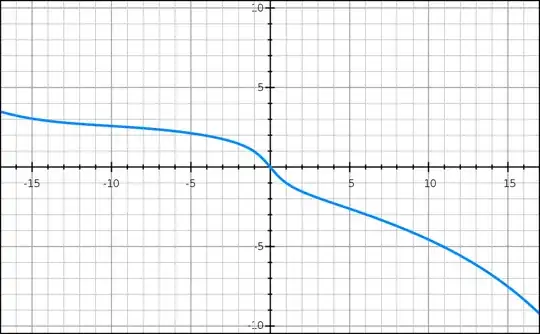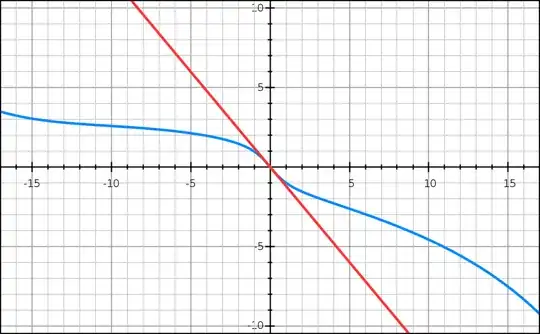I'm giving a high school lecture and I want to introduce the potential energy of a spring. My students have not learned the Hooke's Law and the notion of integral is too advanced. I'm really trying to justify with a hand waving argument that the energy is given by
$$U = \frac{1}{2}kd^2.$$
To do so I let them realize that stretching/compressing the spring will change its energy. So this lets me justify why it only depends on the properties of the spring captured by $k$ and the deformation $d$.
Then by looking at the units of energy they should realize that the deformation $d$ has to be squared and that the constant $k$ takes care of the remaining units.
But if a student argues that $k$ could be defined with other units so that the dependence in $d$ is linear, I could answer that the energy should be identical whether the spring is stretched/compressed so that only $|d|$ or $d^{2n}$ are possible solutions. I see how to justify that $|d|$ is not a physical solution because it would create a cusp in the energy in $d=0$ and that nature does not like that (at their level at least). Additionally, having $n=1$ is just the simplest case.
My missing argument is therefore how to justify that the energy is the same when a spring is stretched/compressed by $d$.
Please keep answers light on the mathematics.

